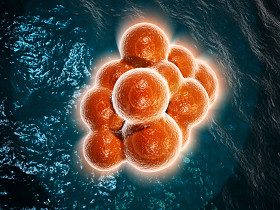 As hematopoietic cell transplantations become more prevalent, it is important to ensure the safety of harvesting bone marrow (BM) or peripheral blood stem cells (PBSC).
As hematopoietic cell transplantations become more prevalent, it is important to ensure the safety of harvesting bone marrow (BM) or peripheral blood stem cells (PBSC).
BM donors undergo anesthesia in the hospital setting, and PBSC donors are given filgrastim for 5 days prior to apheresis to assist in collection of the stem cells. A recent study in BLOOD followed 2,726 BM and 6,768 PBSC donors for a median follow-up time of 36 months. Researchers found that BM donors had an increased risk for serious adverse events (2.38% of BM vs 0.56% for PBSC, p<0.001) and that women were twice as likely to experience an adverse event as compared to men. Furthermore, the incidence of cancers, autoimmune diseases, and strokes were similar for BM or PBSC donors, and cancer incidence was lower than the general population for PBSC donors. Further studies, however, are needed to evaluate the risks in very young and older donors.

People usually volunteer to donate stem cells for an allogeneic transplant either because they have a loved one or friend who needs a match or because they want to help people. Some people give their stem cells so they can get them back later for an autologous transplant.